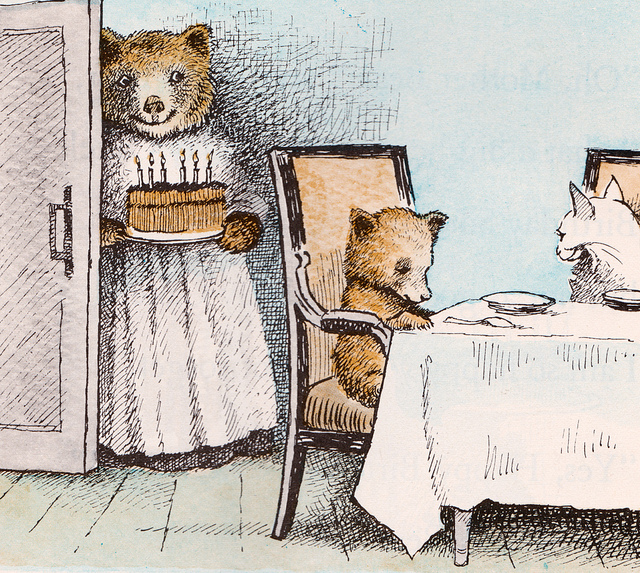My wife said to me around the time we first met, “Writing is thinking.” That’s an excellent notion, I thought at the time, though I didn’t write it down. I could argue, and I shall for the purpose of this discussion, that much of writing begins with feelings. These are forms of thought without language. They are randomly firing neurons, unclarified emotions, mood swings, inchoate brain scramble, that compel one to make sense of it all if you’re so inclined.
And
if you are, you may sit down and try to turn these inarticulate surges inside
the mind into words on the page. You may
ask yourself, what am I thinking, presuming that those feelings are indeed embryonic
thoughts? But if it goes well, you can begin to stumble
around trying to apply words to these impulses, leading to sentences, then paragraphs,
then pages and chapters, etc.
With luck and effort, something akin to discourse, or fiction, will emerge.
There are theories of quantum mechanics that maintain that the properties of sub-atomic particles only behave in an orderly, predictable way when observed. That the observer enforces a certain type of logic and reason upon the physical world.
https://www.sciencedaily.com/releases/1998/02/980227055013.htm
Could it be that the act of observing ones feelings brings order to otherwise incoherent urges, which then, upon the application of language, reveal their inner nature?
Beats
me, but it’s nice to think so.
Every
writer reports there are times when the writing seems to be writing itself,
that the person behind the keyboard is merely the delivery system, with no
agency over the outcome. If you believe
that feelings are proto thoughts, then perhaps the act of assembling words into
sentences actually organizes the chaos into coherence. Some believe this process of constructing
intelligible meaning out of the mental agitator inside our minds is what separates
us from animals, even smart ones. (I’m
not so sure, having a terrier who knows the difference between “Want to go for a ride?” and “Go get your toy!”)
Another mystery of composition is when a writer discovers something about their story in the process of the writing. Something they never thought of suddenly appears on the page, and it makes sense, often solving a hitch in the works. My wife once asked me why I was so feverishly writing the end of a book, and I told her, “I want to know how this thing turns out.”
The
number of possible connections between brain cells is so staggeringly immense, it’s
not surprising that revelation can seemingly pop out of the blue. It used to be called divine intervention,
back when divinity played a more active role in our understanding of the
universe.
Today,
brain science would assert that it’s merely the interaction between the
subconscious and conscious mind that allows for this reordering of feelings and
impressions into serviceable language. Not
a very romantic notion, I admit. Divine
intervention, or the spark of spontaneous genius seems much more satisfying,
less clinical, more fun. But I think the
likely result of our churning, surprising mental functions to be exciting enough. To my mind, science is a lot more awe inspiring
than any mythological narrative could ever
be.
I’m a fine woodworker, and much of the process involves beginning with an imagined object.
From there, you try to render it in two-dimensional space, with a drawing (I still use a pencil, architectural scale ruler and graph paper). It’s the first proof-of-concept. If you can’t draw it, you can’t build it. The next step is usually a prototype – a physical, 3D rendering of the drawing. As the process progresses, you move gradually from the abstract to the concrete, something you can hold and measure in actual space and time. If the prototype works, you’re good to go. Next step is bringing the actual thing to fruition.I believe that writing is exactly the same
process. That’s why, to me, a house is a
novel. Kitchen cabinets a book of short
stories. A turned spindle a poem.
By the way, Heisenberg’s Uncertainty Principle could throw a pretty big wrench in the above assumptions, but that’ll have to wait for another essay.













.png)





.jpg)



.jpg)
.jpg)
.jpg)









